World Cancer Day
On February 1st, 2024, the World Health Organization's (WHO's) cancer agency published data highlighting the growing burden of cancer around the world, the disproportionate impact of cancer in lower-income countries, and the urgent need to address cancer inequities. According to IARC, over 35 million new cancer cases are predicted in 2050, a 77% increase from the estimated 20 million cases in 2022. The rapidly growing global cancer burden reflects both population ageing and growth, as well as changes to people’s exposure to risk factors, several of which are associated with socioeconomic development.
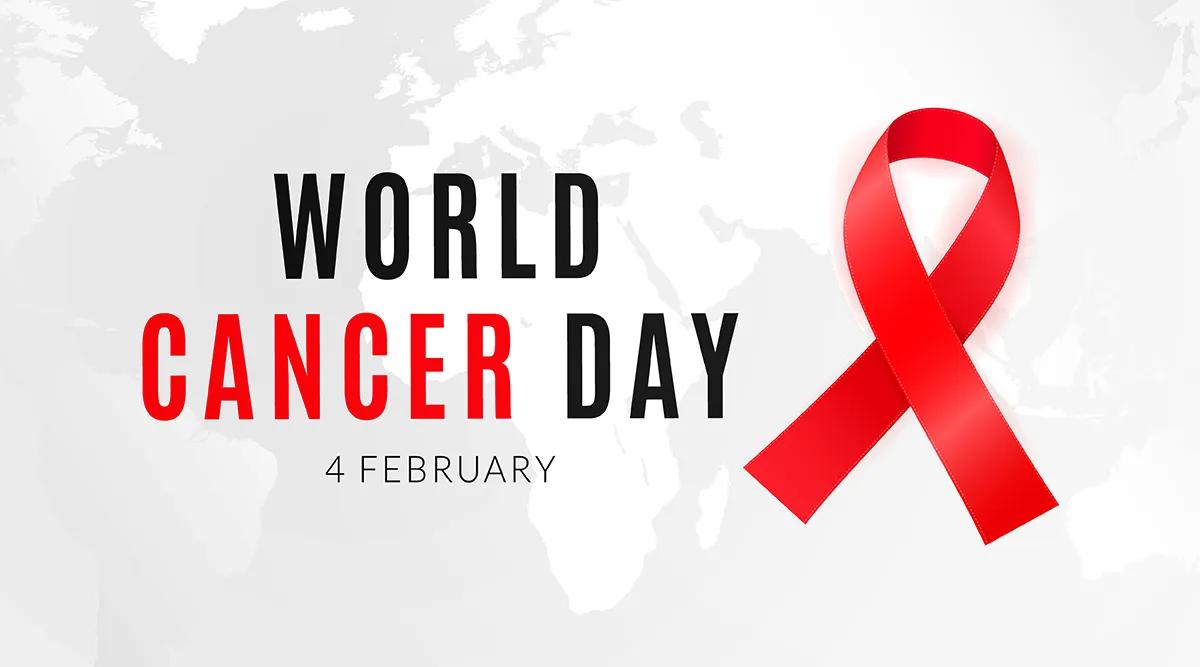
Tobacco, alcohol and obesity are key factors behind the increasing incidence of cancer, with air pollution still a key driver of environmental risk factors.
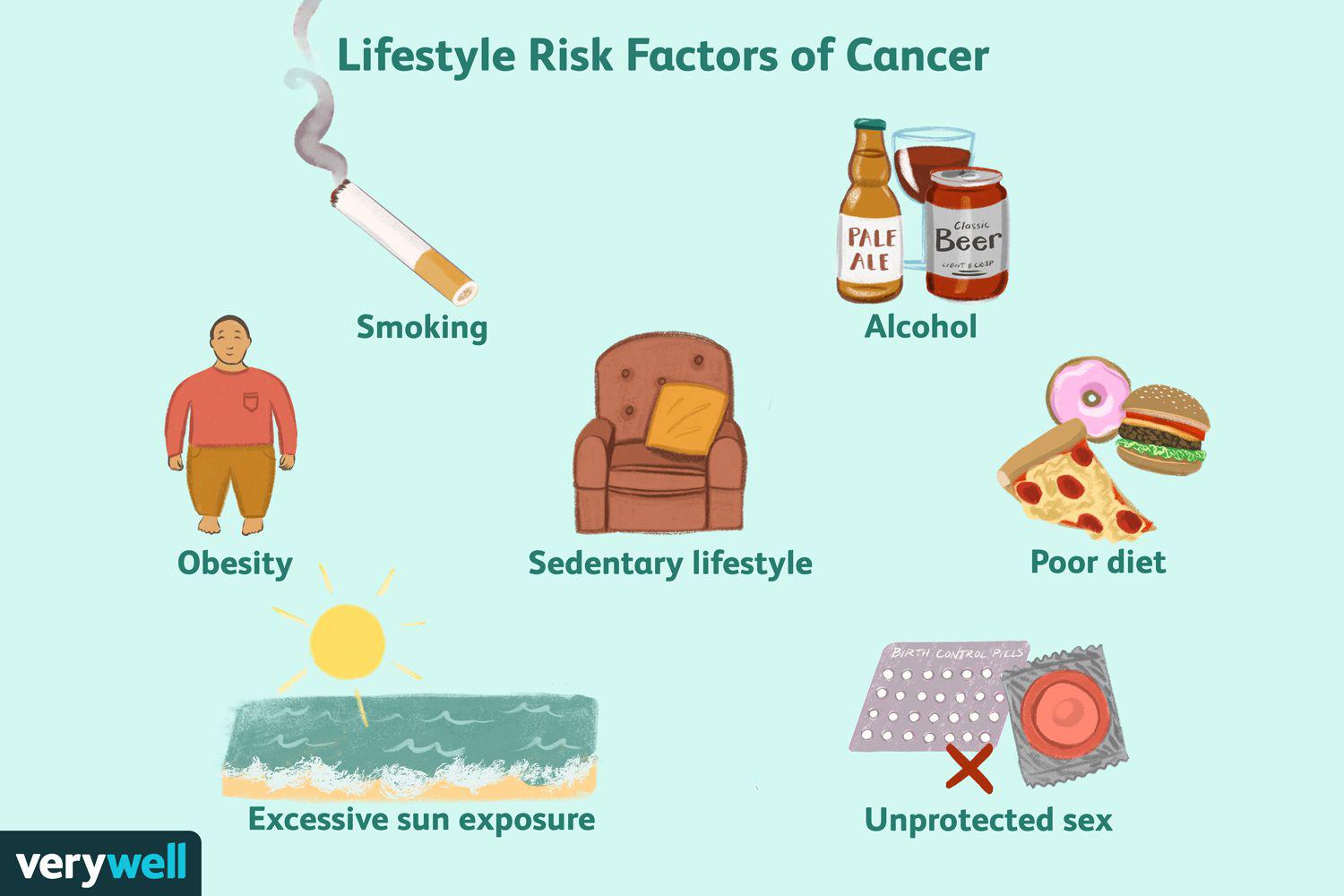
Cervical cancer is the eighth most commonly occurring cancer globally and the ninth leading cause of cancer death, accounting for 661,044 new cases and 348 186 deaths. It is the most common cancer in women in 25 countries. Even while recognizing varying incidence levels, cervical cancer can be eliminated as a public health problem, through the scale-up of the WHO Cervical Cancer Elimination Initiative.
Cervical cancer develops in a woman's cervix (the entrance to the uterus from the vagina).
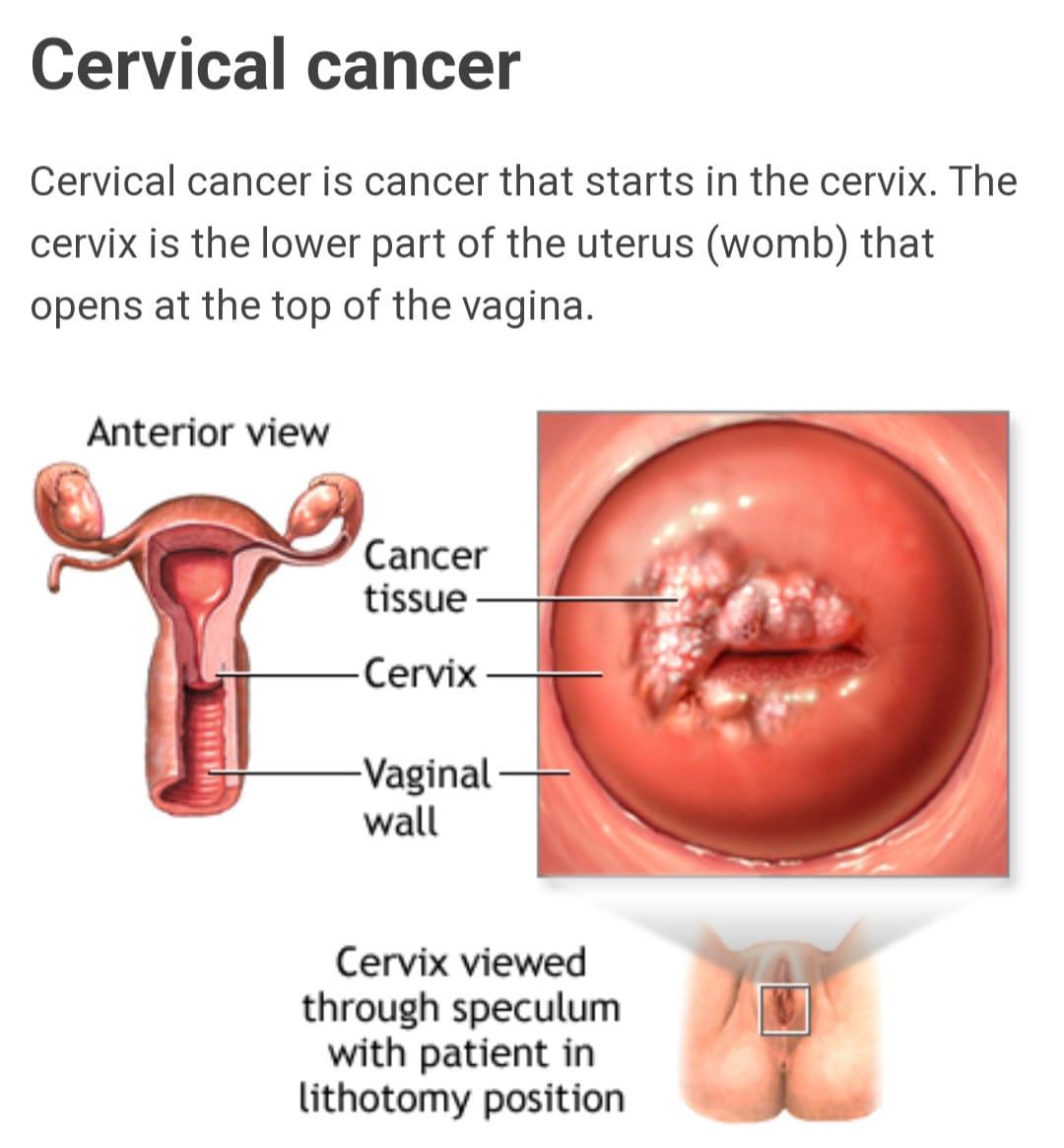
Almost all cervical cancer cases (99%) are linked to infection with high-risk human papillomaviruses (HPV), an extremely common virus transmitted through sexual contact.
Although most infections with HPV resolve spontaneously and cause no symptoms, persistent infection can cause cervical cancer in women.
Cervical cancer is the fourth most common cancer in women.
The highest rates of cervical cancer incidence and mortality are in low- and middle-income countries. This reflects major inequities driven by a lack of access to national HPV vaccination, cervical screening and treatment services and social and economic determinants.
Receiving regular gynecological exams, getting Pap tests and practicing safe sex are the most important steps to take towards the prevention of cervical cancer.
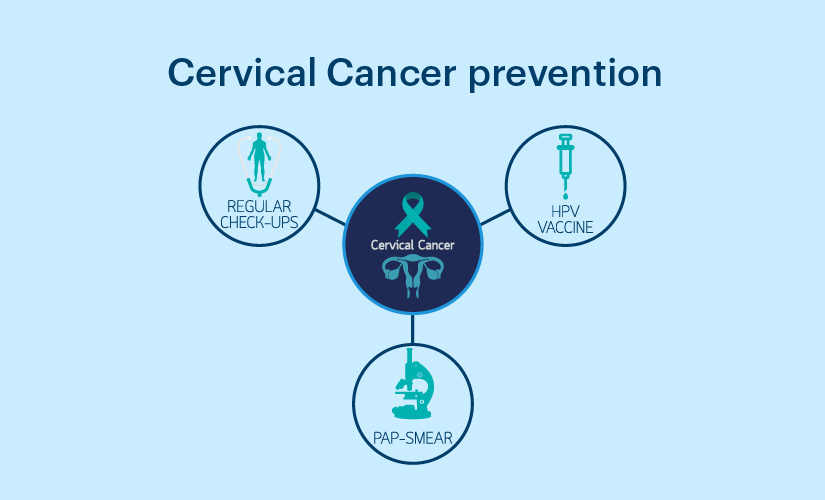
Effective primary (HPV vaccination) and secondary prevention approaches (screening for, and treating precancerous lesions) will prevent most cervical cancer cases.
When diagnosed, cervical cancer is one of the most successfully treatable forms of cancer, as long as it is detected early and managed effectively.
Cancers diagnosed in late stages can also be controlled with appropriate treatment and palliative care.
Being vaccinated at age 9–14 years is a very effective way to prevent HPV infection, cervical cancer and other HPV-related cancers.
Screening from the age of 30 (25 years in women living with HIV) can detect cervical disease, which when treated, also prevents cervical cancer.
Cervical Cancer Symptoms:
Early signs of cervical cancer include:
Pain during sex
Unusual vaginal bleeding, such as after sex, between periods, after menopause, or after a pelvic exam
Unusual vaginal discharge that is watery, bloody, and/or has a strong odor
After it has spread, the cancer can cause:
Pelvic pain
Trouble urinating
The stages of cervical cancer:
Stage I: Cancer is found only in the cervix. It hasn't spread and is small.
Stage II: Cancer has spread beyond the cervix and uterus but hasn't yet spread to the pelvic wall or vagina.
Stage III: Cancer has spread to the lower part of the vagina and may have spread to the pelvic wall, ureters and nearby lymph nodes.
Stage IV: Cancer has spread to the bladder, rectum, or other parts of the body like bones or lungs.
When cervical cancer is diagnosed, it's often first treated with surgery to remove the cancer. Other treatments may include medicines to kill the cancer cells. Options might include chemotherapy and targeted therapy medicines. Radiation therapy with powerful energy beams also may be used. Sometimes treatment combines radiation with low-dose chemotherapy.
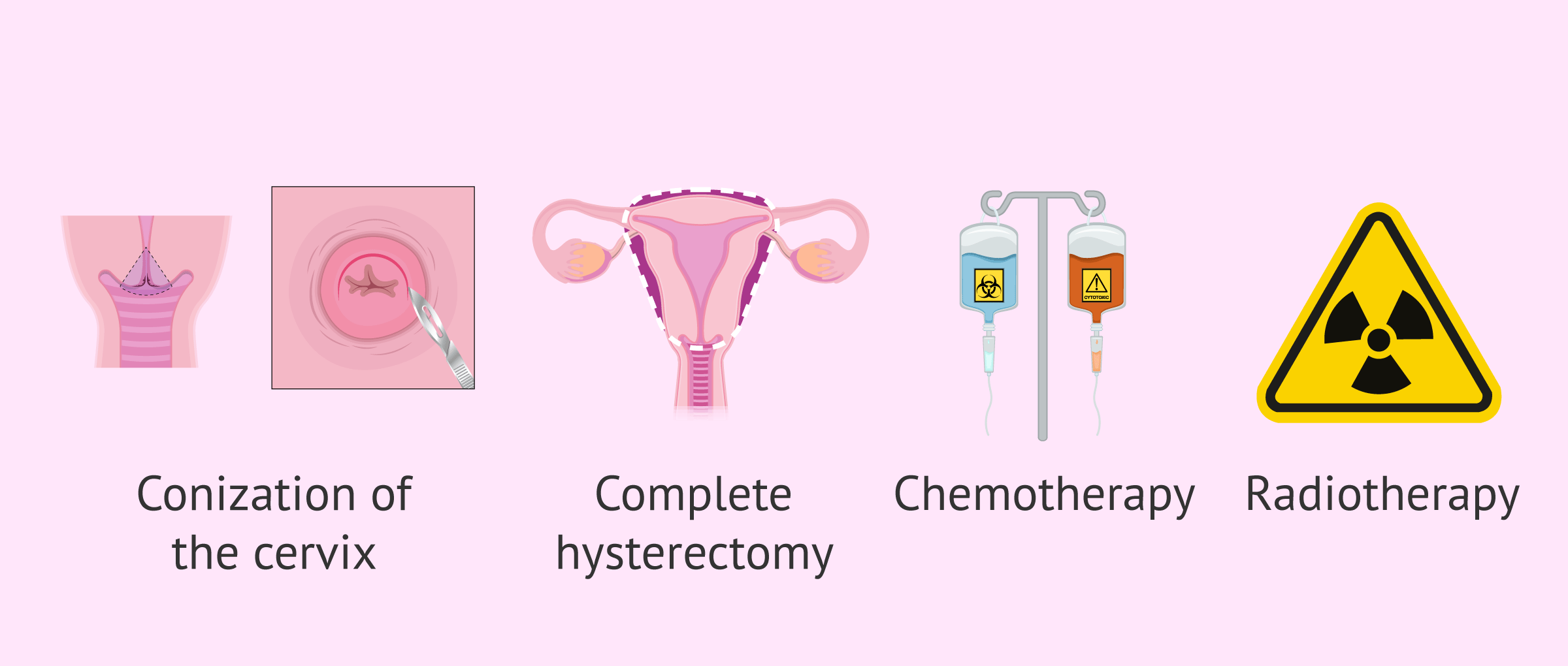
At any age with symptoms or concerns, early detection followed by prompt quality treatment can cure cervical cancer.
Boosting public awareness, access to information and services are key to prevention and control across the life course.
The more we know, the more progress we can make in reducing risk factors, increasing prevention and improving cancer diagnosis, prevention, treatment, and care.
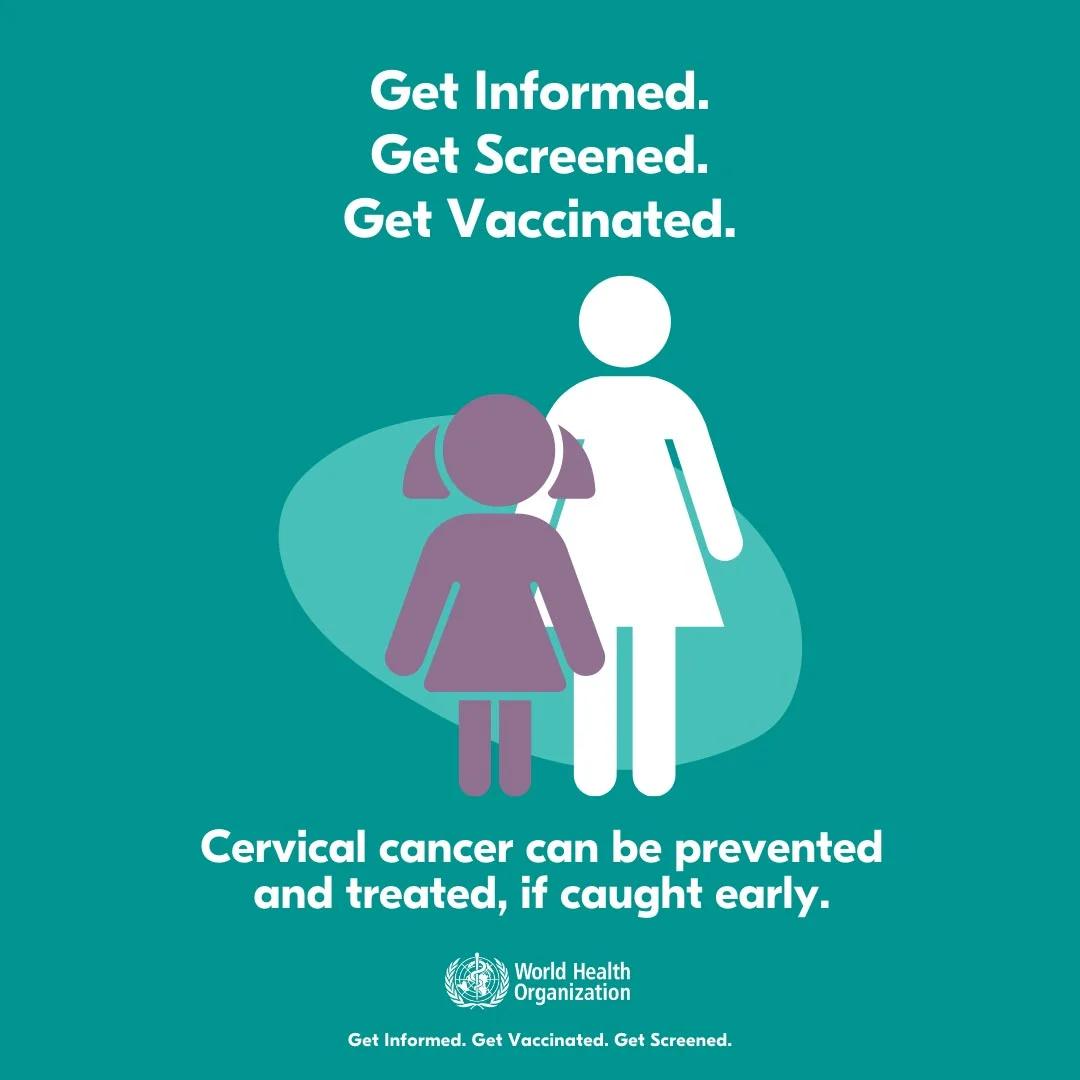
Comments (10)









